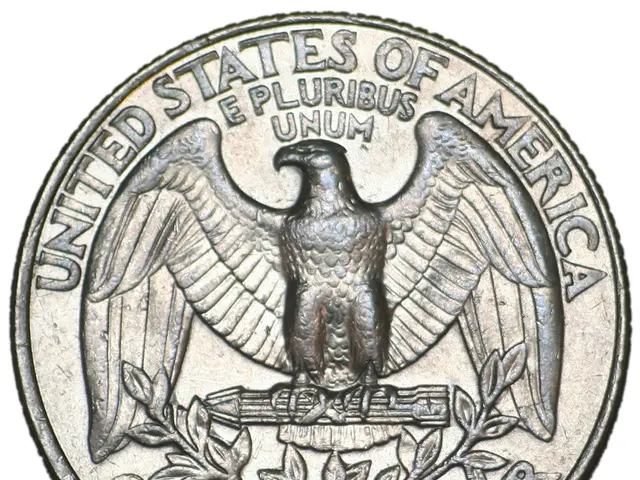Inquiry Regarding the Lack of Certain Health Functions in American Wearable Devices: What's the Reason, Jerry?
In the rapidly evolving world of smartwatches and wearable technology, the regulatory approval process for health features plays a crucial role in ensuring consumer safety and device effectiveness. This article provides an overview of the regulatory landscape for health features in wearables, focusing on the United States (FDA) and the European Union (EU).
In the United States, the Food and Drug Administration (FDA) is responsible for regulating health monitoring devices based on their intended use and risk level. Devices classified as general wellness products, such as basic fitness trackers or heart-rate monitors, face less stringent regulation. However, devices that claim to diagnose, treat, or provide medical information are classified as medical devices and require FDA clearance or approval.
The FDA employs various approval pathways, including the 510(k) Premarket Notification for devices substantially equivalent to existing ones, De Novo Classification for novel low-to-moderate risk devices, and Premarket Approval (PMA) for high-risk devices. Manufacturers must provide extensive clinical data to demonstrate safety and effectiveness, undergo facility inspections, and comply with labeling and data privacy laws such as HIPAA.
In contrast, the European Union (EU) follows the Medical Device Regulation (MDR), which requires a conformity assessment focused on safety and performance. Devices are categorized into four risk classes based on potential risk, with approval often involving a Notified Body, an independent organization that audits and certifies conformity. Compared to the U.S., clinical evidence requirements have historically been somewhat less strict but have increased with the new MDR.
Key differences between the two regulatory environments include the classification system, regulatory body, clinical evidence requirements, approval pathways, and focus. The FDA has a structured class-based approval system with a focus on clinical evidence and data privacy, while the EU relies on conformity assessments via Notified Bodies aligned with MDR.
Manufacturers must navigate complex and evolving regulations, balancing innovation with consumer safety. For instance, the FDA has warned companies like Whoop to comply with regulatory standards for blood pressure monitoring features, emphasizing the need for clinical validation when the feature acts as a diagnostic tool.
In summary, smartwatch and wearable health features classified as medical devices require regulatory approval involving clinical validation and manufacturing oversight. General wellness features typically have minimal regulatory barriers but must avoid claims of diagnosis or treatment. The regulatory environments differ significantly, with the FDA having a more structured class-based approval system and a focus on clinical evidence and data privacy, while the EU relies on conformity assessments via Notified Bodies aligned with MDR. Manufacturers must carefully navigate these complex and evolving regulations to bring innovative and safe products to market.
- In the realm of gadgets categorized as medical devices in the United States, the Food and Drug Administration (FDA) mandates extensive clinical validation and manufacturing oversight to ensure safety and effectiveness.
- As smartwatches and wearable technology in the European Union are evaluated under the Medical Device Regulation (MDR), manufacturers often collaborate with independent Notified Bodies to secure approval based on safety and performance criteria.




